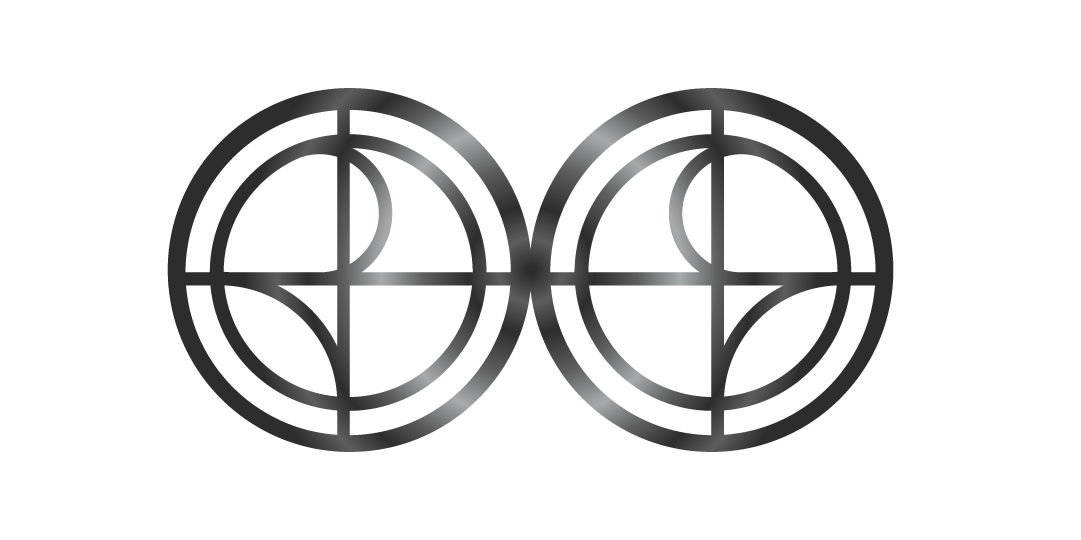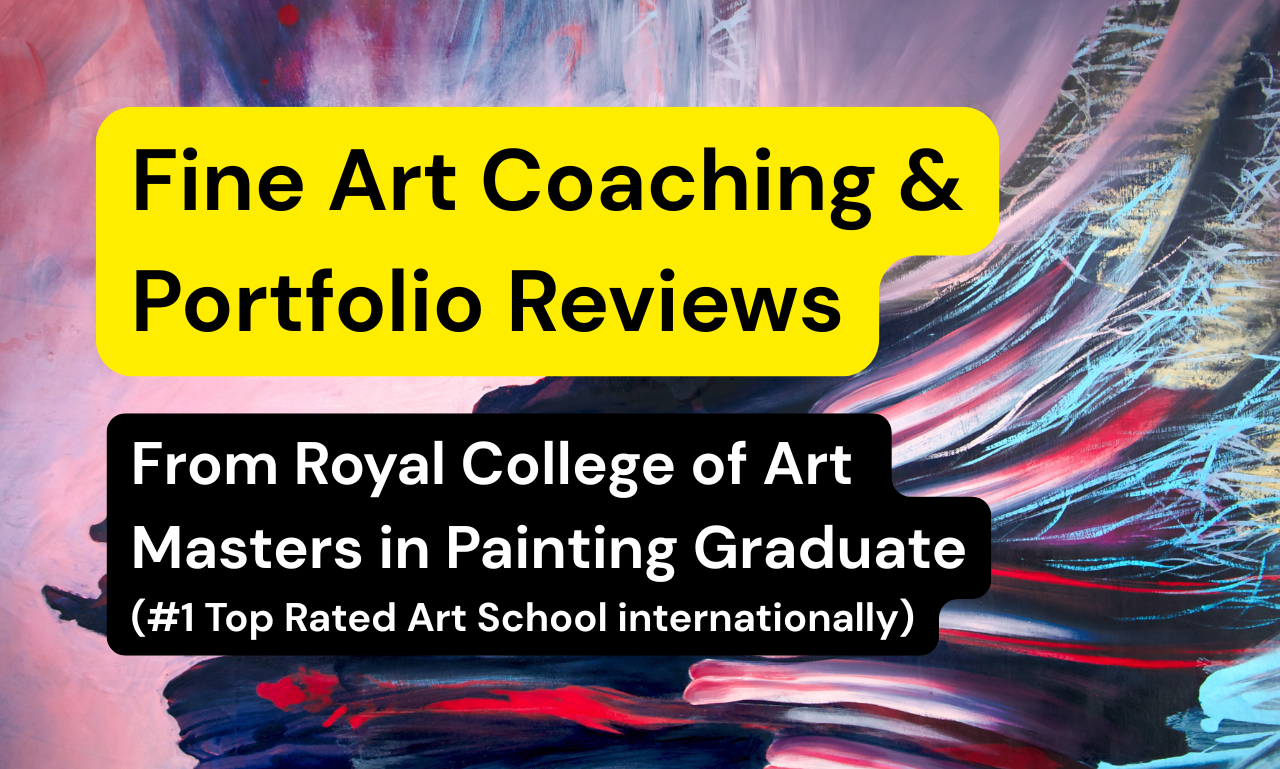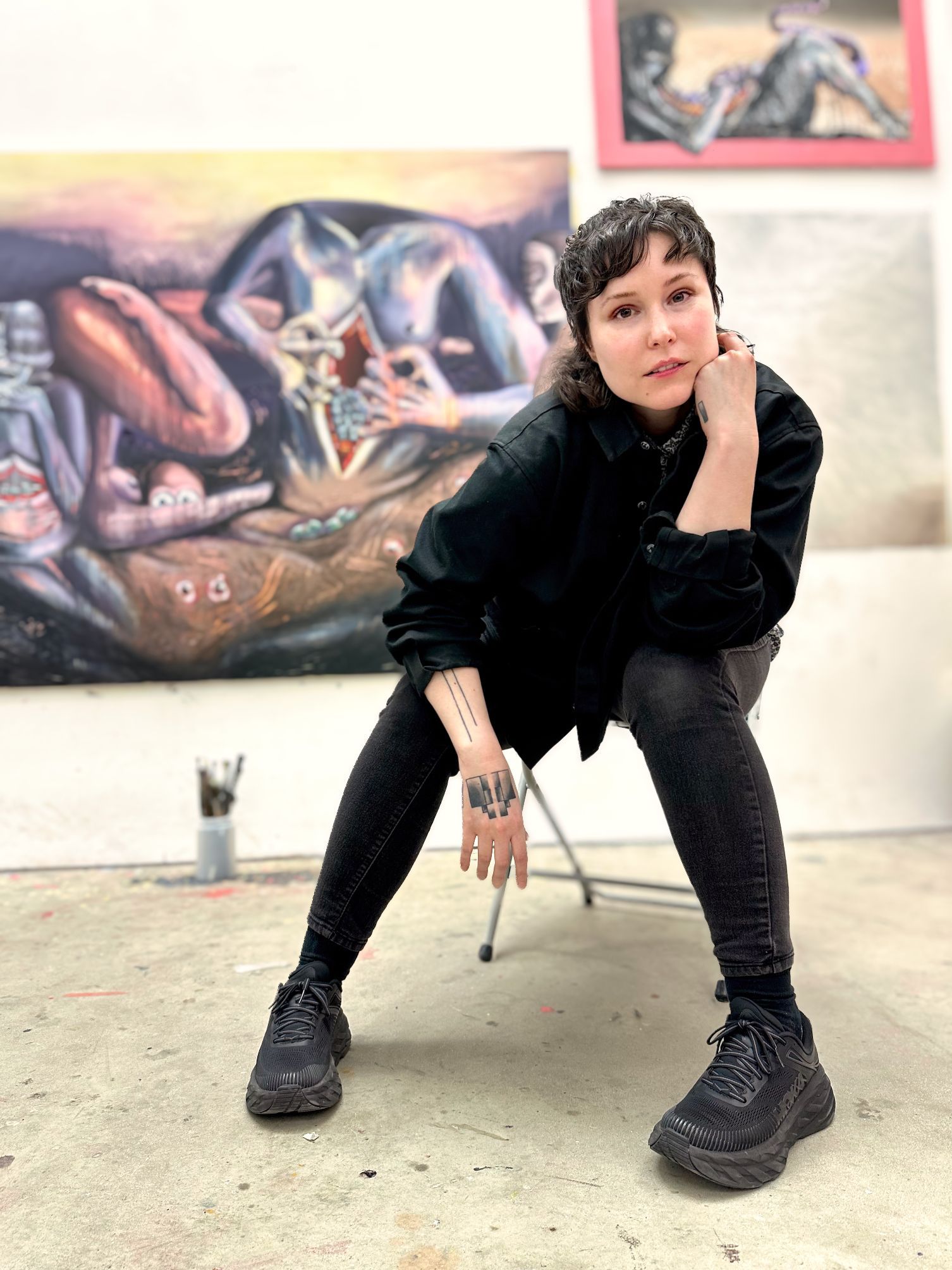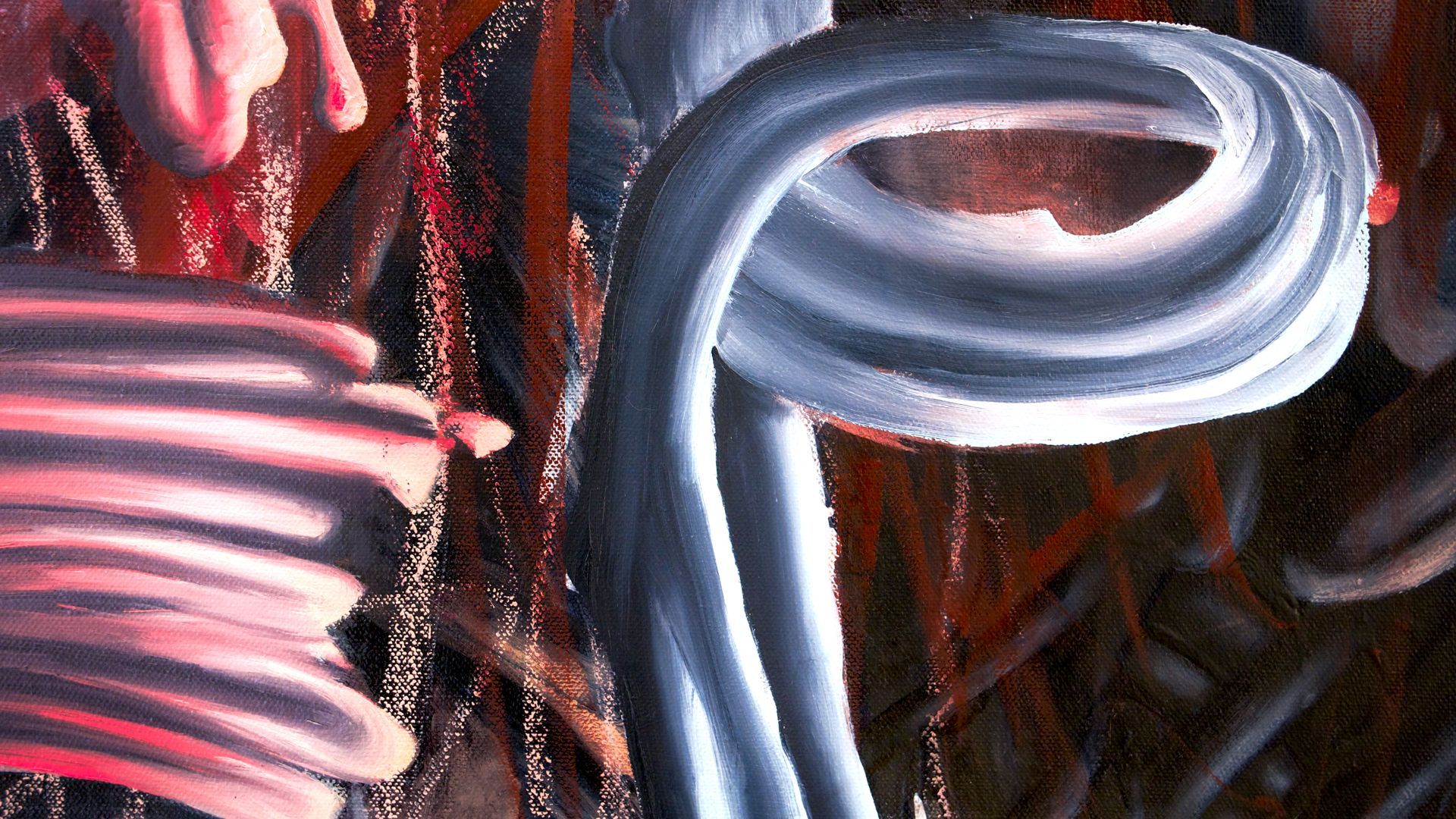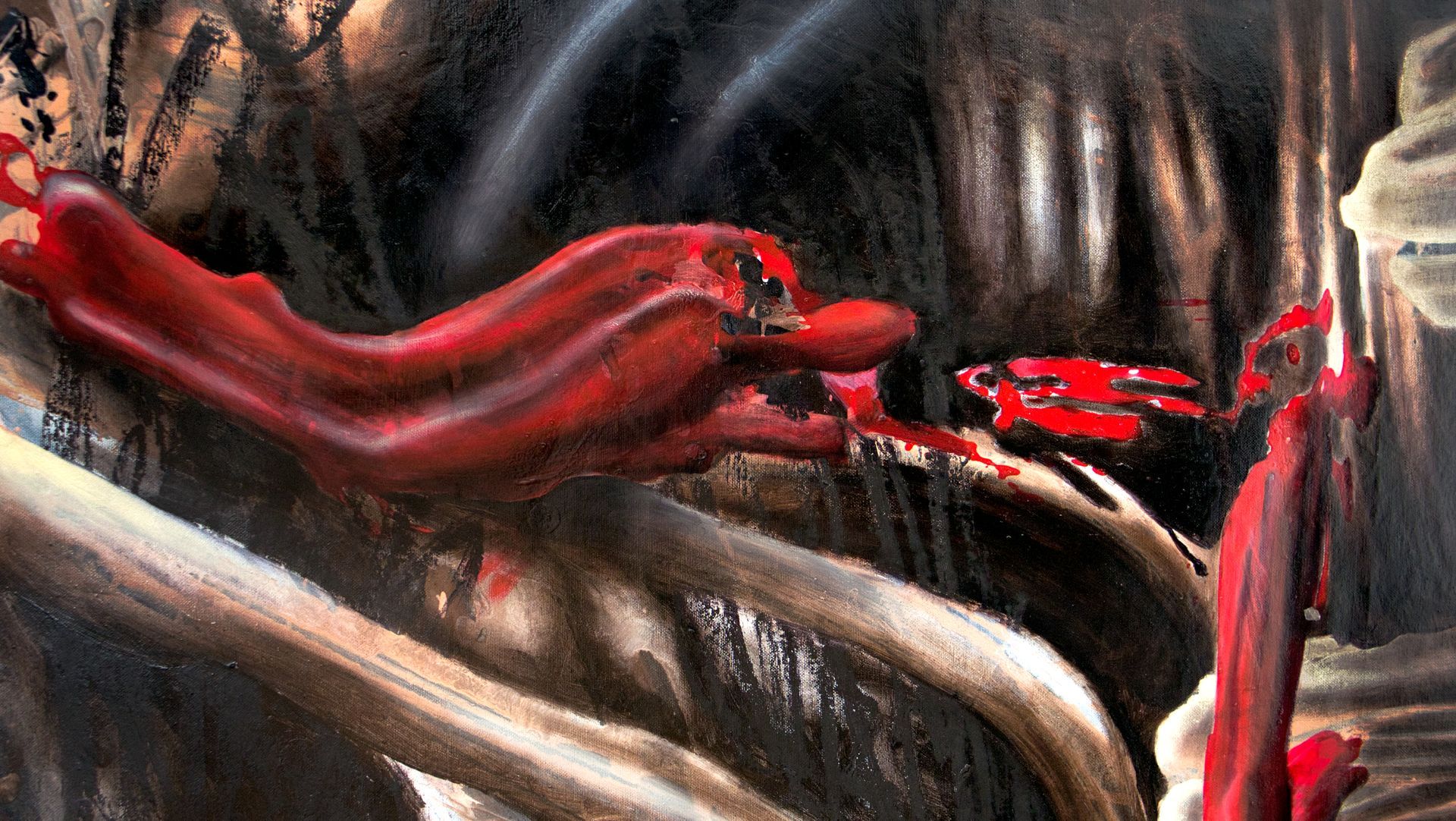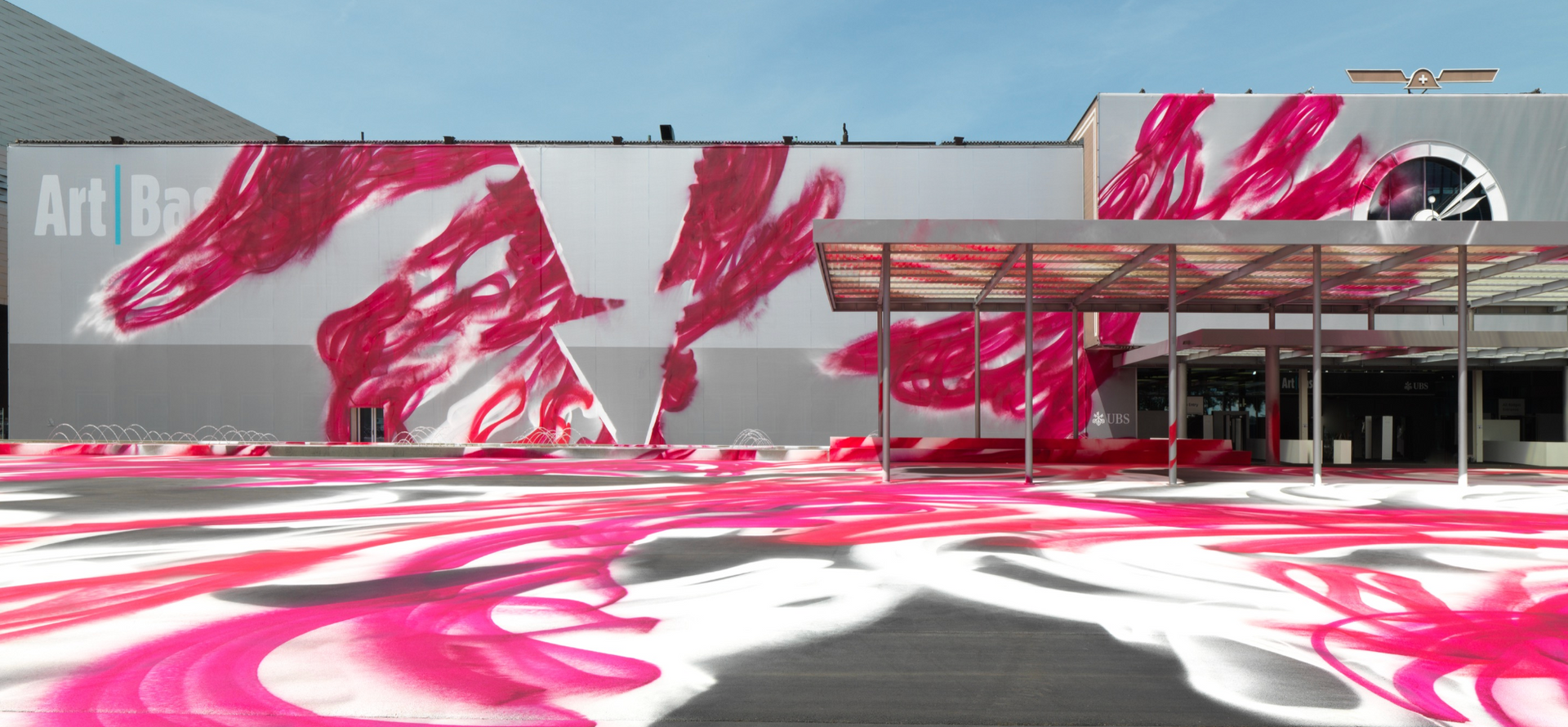Lala Drona is a Franco-American fine artist of Venezuelan heritage working between Paris and London. Her practice spans painting and video, probing the body not by appearance but by sensation: an interior landscape of memory, intervention, and transformation. She recently completed her Masters in Painting at the Royal College of Art.
How to Prepare a Portfolio for RCA Painting: 5 Tips from a Recent Graduate
A clear and practical guide to building a strong portfolio for the Royal College of Art Masters in Painting program.

Introduction
Applying to the Royal College of Art is exciting, but putting together the portfolio can feel overwhelming. Requirements change slightly each year, so
always check the official RCA MA Painting application page before you start.
I graduated from RCA Painting in 2025, and over the years I have helped many prospective students and professional artists design portfolios for both applications and career opportunities. Below are five tips that address common pitfalls I have seen in portfolios for a master’s in painting.
1. Keep it simple
It is tempting to show personality through unusual layouts or graphics, but in most cases this makes a portfolio look cluttered. Unless you have professional design training, a clean and minimalist design works best. Simplicity shows confidence and allows the art to speak for itself.
You can see this approach in the work I developed during my RCA Master’s in Painting, where documenting the work with high-quality images was essential for building effective online portfolios.
2. Standardize
Admissions panels review many portfolios, and consistency helps them focus on the art rather than the formatting. Decide on a layout that places the artwork image and text in a clear, consistent position, then repeat that structure for every page. Predictable formatting makes the portfolio easier to read and demonstrates professionalism.
3. Use a grid
Alignment might seem like a small detail, but trained eyes notice it immediately. To keep everything precise, use software that allows grid-based layouts:
- Adobe InDesign (professional, paid)
- Affinity Publisher (affordable one-time purchase)
- Procreate
- Canva (free and beginner-friendly)
Consistent alignment communicates discipline and attention to detail.
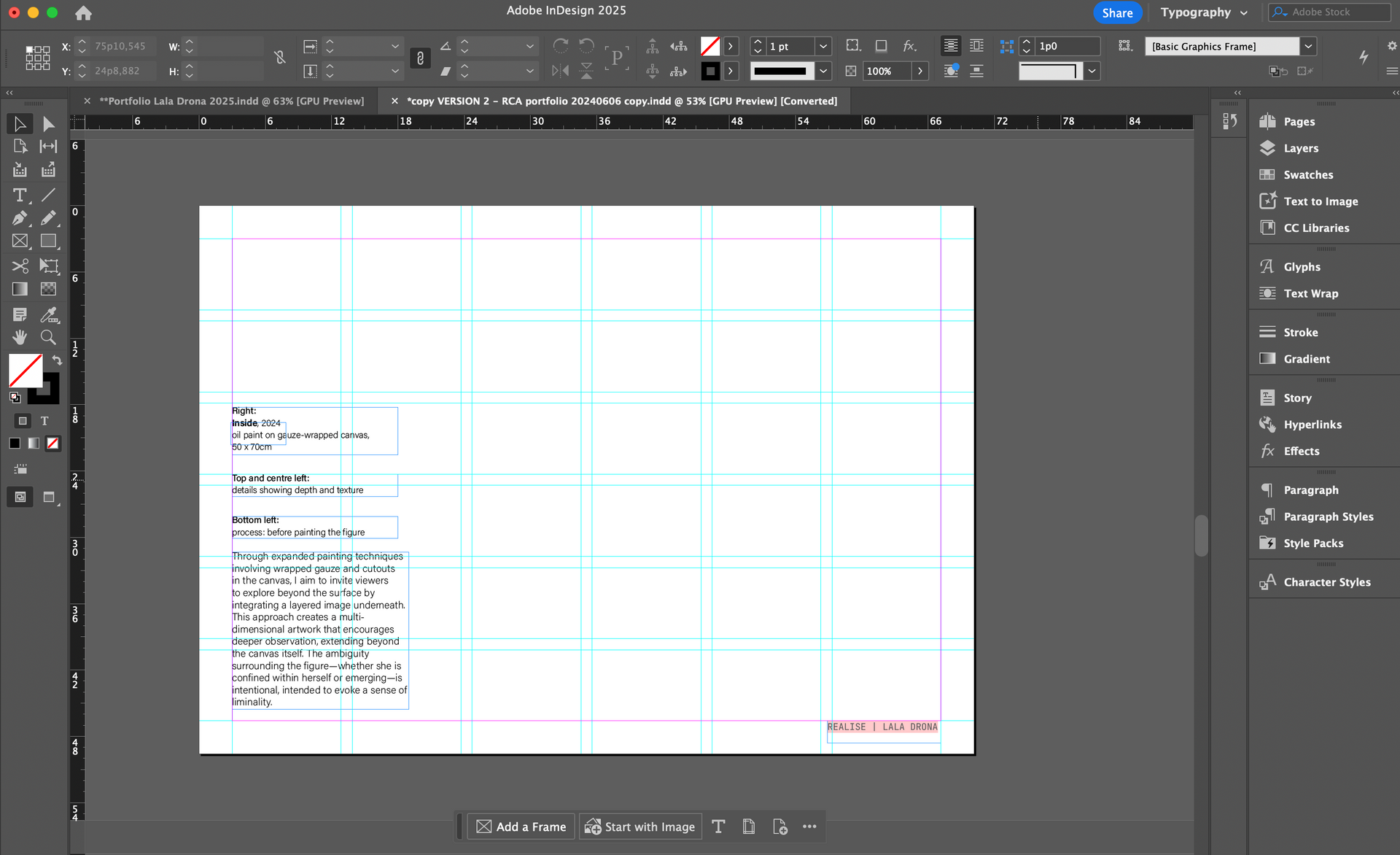
4. Process versus finished work
A common mistake is overloading a portfolio with process images. Most MA programs want to see finished work. Unless the process is integral to the piece itself, such as in performance, time-based work, or installation, focus on completed artworks. If process photos clarify the outcome and the process is unconventional rather than traditional preparatory work, include them sparingly. Otherwise, let your strongest finished works take the lead.
5. Write a short artist statement
Place a short artist statement (150 words max) at the beginning of your portfolio. Write it after you have laid out your portfolio so that it reflects the work you have actually included. Avoid summarizing page by page or any phrases like "In this portfolio you will find..." or what you aspire to do during the masters program. This is simply a statement on your work. Instead, highlight the themes, materials, and approaches that define your practice. If something does not appear in the portfolio, leave it out of the bio to avoid confusing the reader.
Final Thoughts
Your portfolio should be simple, consistent, and focused on your strongest work. These principles remain constant even when specific requirements change. A clear design and confident selection make it easier for the panel to engage with your art. These are just a few tips to hopefully get you started.
Have more questions? Curious about details such as how to caption images, which fonts work best, or how to make a straightforward portfolio design that still makes an impression? I offer 1-to-1 portfolio critique sessions for artists preparing for RCA or other programs. Book a session here.
